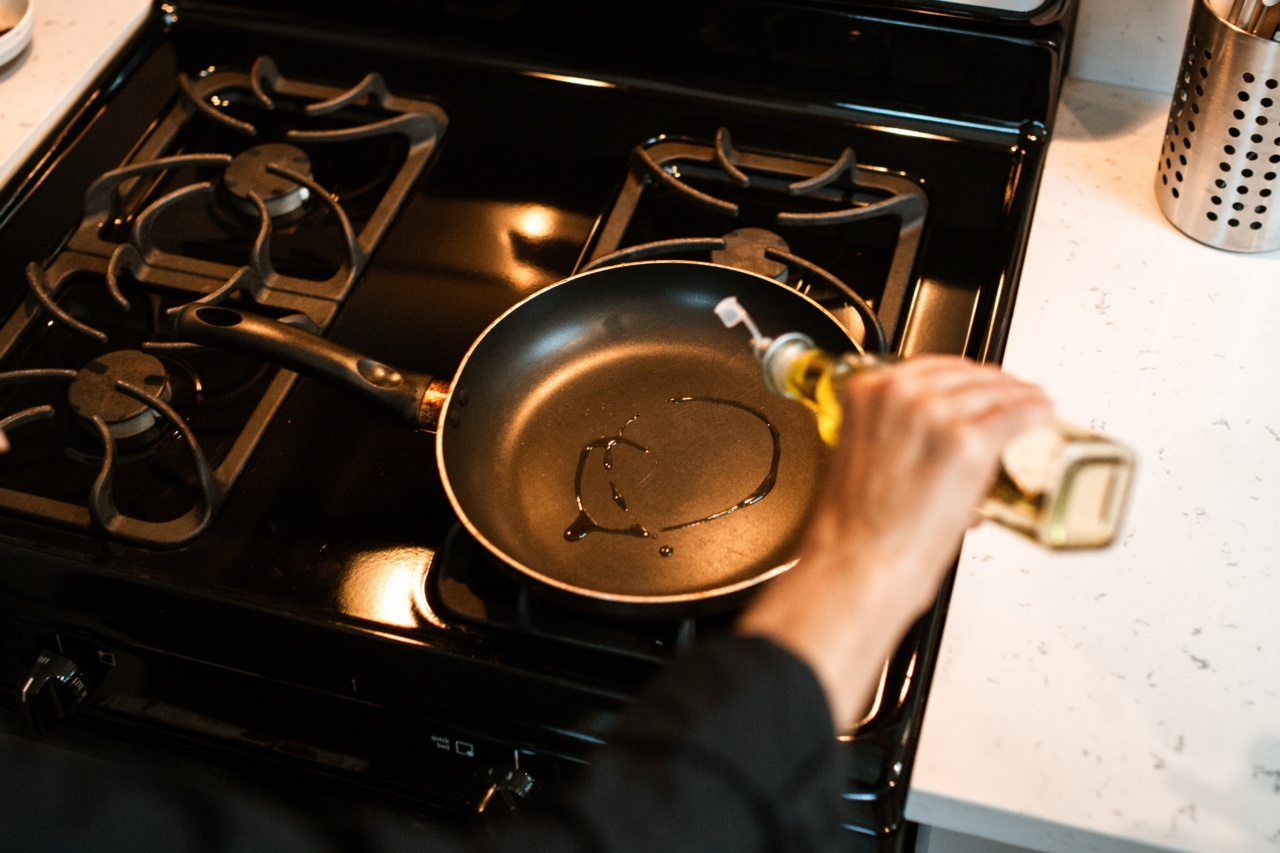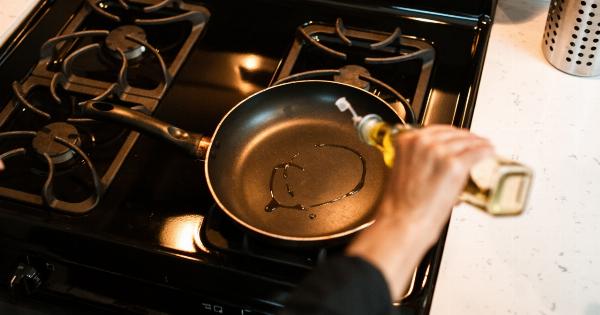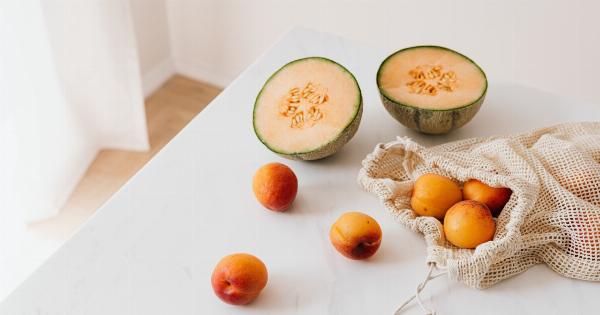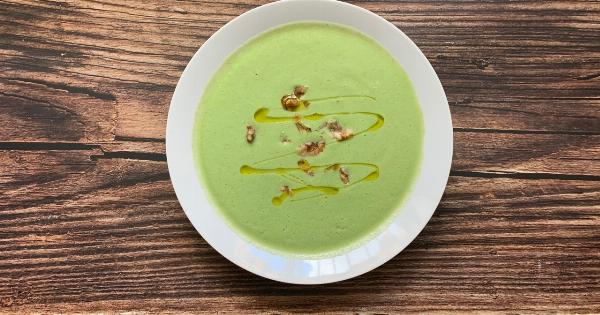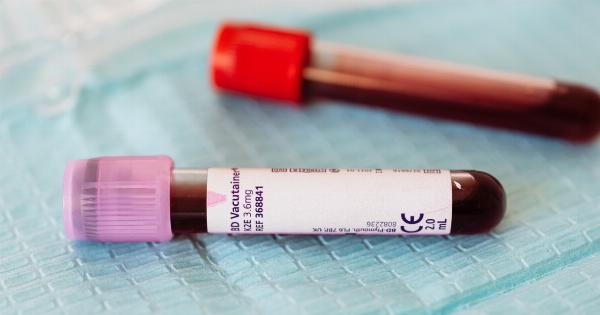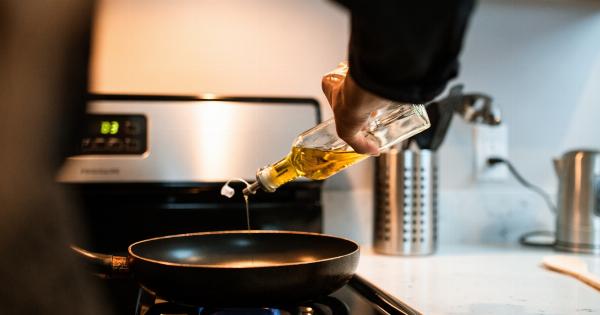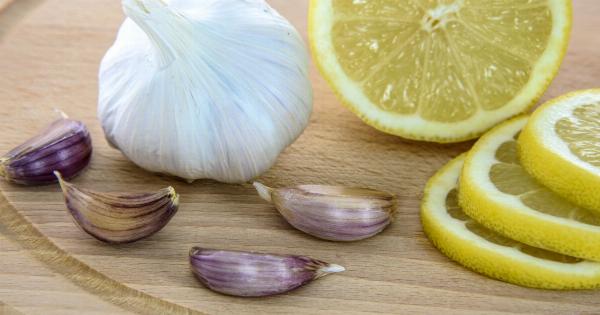Olive oil is the most commonly used oil in cooking and is highly valued for its health benefits. However, not all olive oils are created equal. In fact, the quality and nutritional value of olive oil can vary greatly depending on a variety of factors.
This article will explore the indicators of high-quality olive oil and how to distinguish them from inferior products.
1. Labeling
The first thing to look for when purchasing olive oil is the labeling. High-quality olive oil should have a clear and honest label that includes information about the producer, region of production, and the type of olives used.
The label should also have a harvesting date, which is important because olive oil can turn rancid if it’s old.
2. Acidity
Acidity level is a measure of the amount of free fatty acid in the oil and is an important indicator of quality. The lower the acidity level, the higher the quality of the oil.
According to International Olive Council, extra-virgin olive oil should not exceed 0.8% acidity.
3. Color
The color of the olive oil can vary from light golden to dark green. It’s important to note that the color of the oil has nothing to do with its quality or taste. However, high-quality olive oil tends to have a vibrant and bright green color.
4. Taste and Aroma
The sensory characteristics of olive oil (taste and aroma) are another important indicator of quality. Extra-virgin olive oil should have a fruity aroma with grassy and herbal notes, and a slightly bitter and pungent taste.
The flavor should be complex and well-balanced, with no overpowering flavors. Be wary of olive oil that tastes rancid, musty, or flat.
5. Production Method
The method of production is also an important factor in determining the quality of olive oil. Extra-virgin olive oil is produced using only mechanical methods (pressing or centrifugation) without the use of chemicals or solvents.
Lower quality olive oil is often made using chemical extraction or a combination of mechanical and chemical extraction.
6. Price
High-quality olive oil can be expensive due to the labor-intensive production process and the limited availability of quality olives. Be wary of olive oil that is priced too low. It’s likely that it’s of lower quality or even adulterated with other oils.
7. Harvest Date
The freshness of the olive oil is also an important indicator of quality. Extra-virgin olive oil should be consumed within one year of harvest to ensure that it’s still fresh and has the highest nutritional value.
Avoid oils that don’t have a harvest date mentioned or are past their best before date.
8. Filtering
Filtering is an optional step in the olive oil production process. While unfiltered olive oil may have a more robust flavor, it’s often lower in quality because it contains sediment and particles.
High-quality olive oil is usually filtered to remove these particles and produce a clear oil.
9. Origin
The origin of the olive oil can also be an indicator of quality. Olives that are grown in optimal conditions (temperature, soil type, irrigation, and harvesting methods) tend to produce high-quality oil.
Olive oil from specific regions with a long history of olive oil production, like Greece, Italy, and Spain are generally considered to be of higher quality.
10. Certification
Look for certification stamps on olive oil bottles which provide an additional level of assurance for consumers that the olive oil is of good quality. The European Union and the USDA have standards for olive oil production and labeling.
High-quality olive oils tend to have certifications like PDO (Protected Designation of Origin), PGI (Protected Geographical Indication), and Organic certification.
Conclusion
There are numerous indicators of high-quality olive oil, including labeling, acidity, color, taste and aroma, production method, price, harvest date, filtering, origin, and certification.
By keeping these factors in mind, you can make sure that you are purchasing a high-quality olive oil that will provide you with all of its health benefits and culinary delights.
